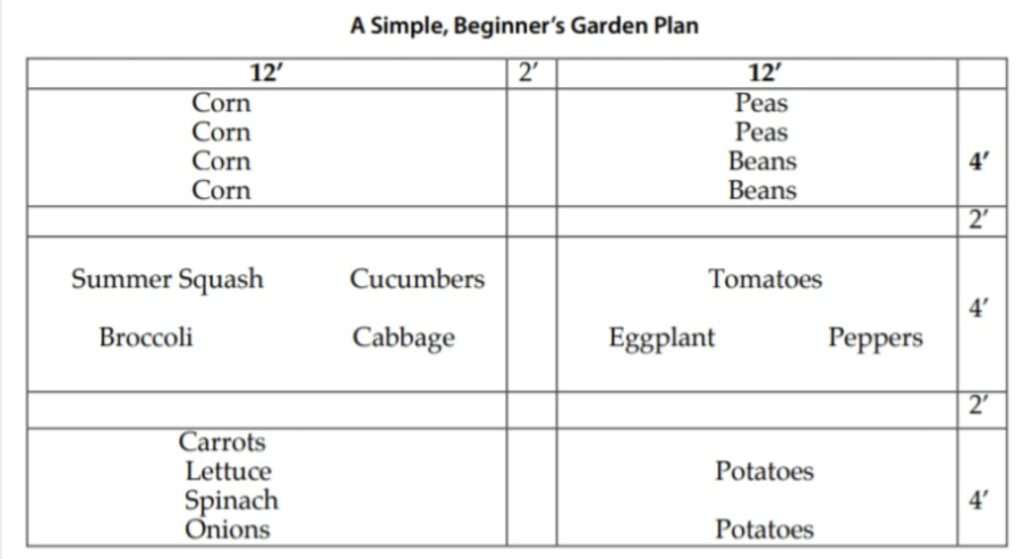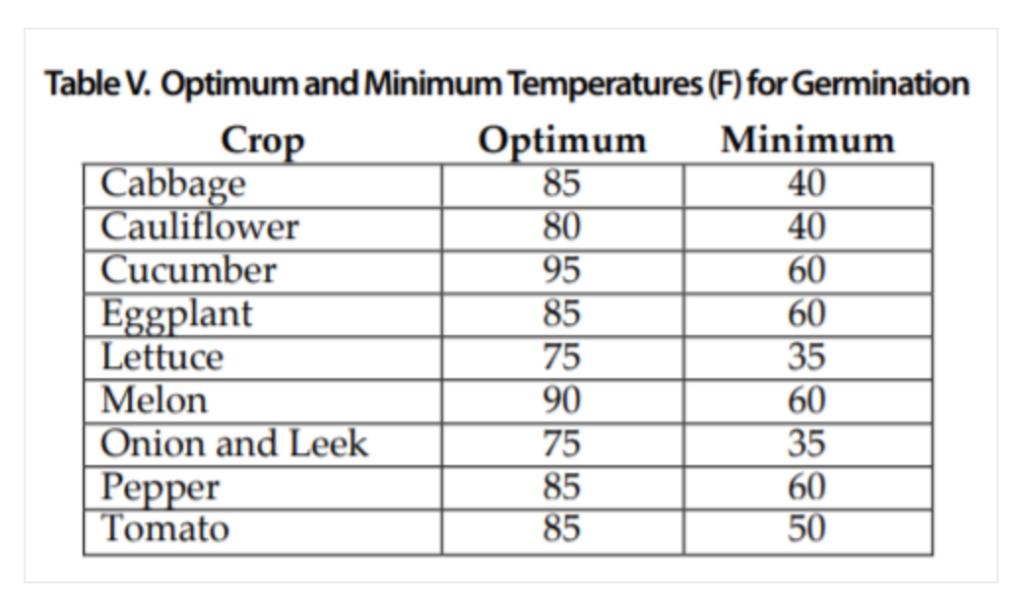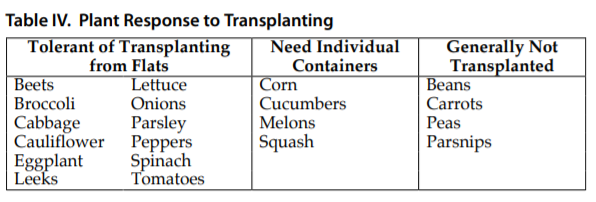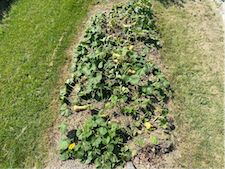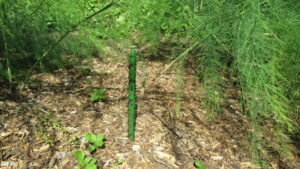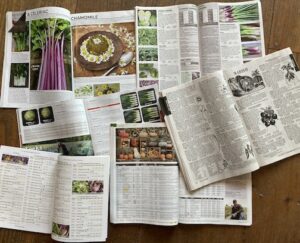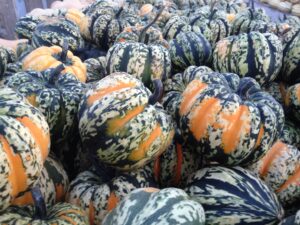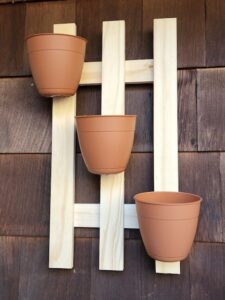Soil Preparation
Potatoes grow best in moderately fertile soil that is high in phosphorus and potassium with at least moderate amounts of nitrogen available. Excess nitrogen will encourage too much foliage at the expense of tuber formation. Work in about an inch of compost along with phosphate rock (4 pounds per 100 square feet, if needed) and Sul-Po-Mag (1 pounds per 100 square feet). Although potatoes grow best at a pH around 6.0, a pH higher than 5.7 promotes the fungal disease called scab. You should apply manure in the fall before planting; otherwise it can promote scab.
Propagation
Potatoes are grown from seed pieces, which are pieces of the potato tuber with buds (commonly called “eyes”) on them. Although you can use old potatoes for seed pieces, this is not recommended because they commonly carry diseases. Do not plant grocery store potatoes, because, unless they are organic, they are commonly treated with anti-sprouting chemicals. Instead, buy certified disease-free potato “seed” (actual tubers).
Cut the seed tubers into pieces about the size of a hen’s egg and be sure to have at least one to two eyes on each piece. Let the cut surfaces dry for a day or two, and then plant the seed 4 to 6 inches deep, about 10 inches apart, in rows that are 2 to 3 feet apart. For larger potatoes, space seed pieces 15 inches apart in rows.
You can also “greensprout” potatoes by exposing seed tubers to natural or artificial light in a warm environment prior to planting. This process leads to the development of short, strong sprouts on the seed pieces — and may result in a faster-growing plant.
Culture
When the plants are 4 to 6 inches high, hoe up the soil up around the plants to cover the stems. This prevents the tubers from exposure to light and turning green, and it promotes more underground stem development. Water plants during long dry spells to maintain even moisture during the season. Alternate dry and wet spells produce cavities in the tubers and knobby potatoes.
Common Problems
Colorado potato beetle is the most prevalent insect. The best way to control them in the garden is by hand picking both adults and larvae and crushing the bright yellow egg masses. A natural-based insecticide called Monterey Garden Insect Spray helps control potato beetles.
Flea beetles will attack young plants and, in large numbers, may destroy them, but are usually not severe. The best way to prevent the insects is with floating row covers.
The potato leafhopper is also a major problem some years. This is a tiny, flighty insect that sucks nutrition out of the plant. The leaves brown from the edges and often die from what looks like a disease. Scout early and through the season for the pest. Some potato varieties are much more resistant than others. For example, Norland is very attractive to them and Keuka is much less so.
Early and late blight are common fungal diseases that destroy potato foliage and infect the tubers. Late blight, one of the causes of the Irish famine in the 19th century, appears as brown-black areas on leaves and brown to purple discoloration on the skin of the tuber. The disease is carried through the winter on infected tubers. During the growing season, the spread of the disease depends on weather conditions. Spores are produced only in cool weather, below 60 degrees Fahrenheit, then invade new leaves when higher temperatures occur. A cool, wet July is often followed by blight in August and September. Some varieties (Kennebec, Essex, Cherokee, Sebago) are resistant to the common strain of blight, but not to some new strains. Copper may offer some control. If leaves become infected, delay digging tubers until a week after the first frost has killed the vines; otherwise you will infect the tubers by spores on the soil surface. Destroy infected tubers and in the following year, watch for and destroy any volunteer potatoes growing from the year before.
Harvest
Dig potatoes after the tops turn brown. Cure them for about 10 days by storing them at room temperature in the dark, then store them in a cool (40 degrees Fahrenheit), dark cellar.
Yield per 50-foot row: 60 pounds.

